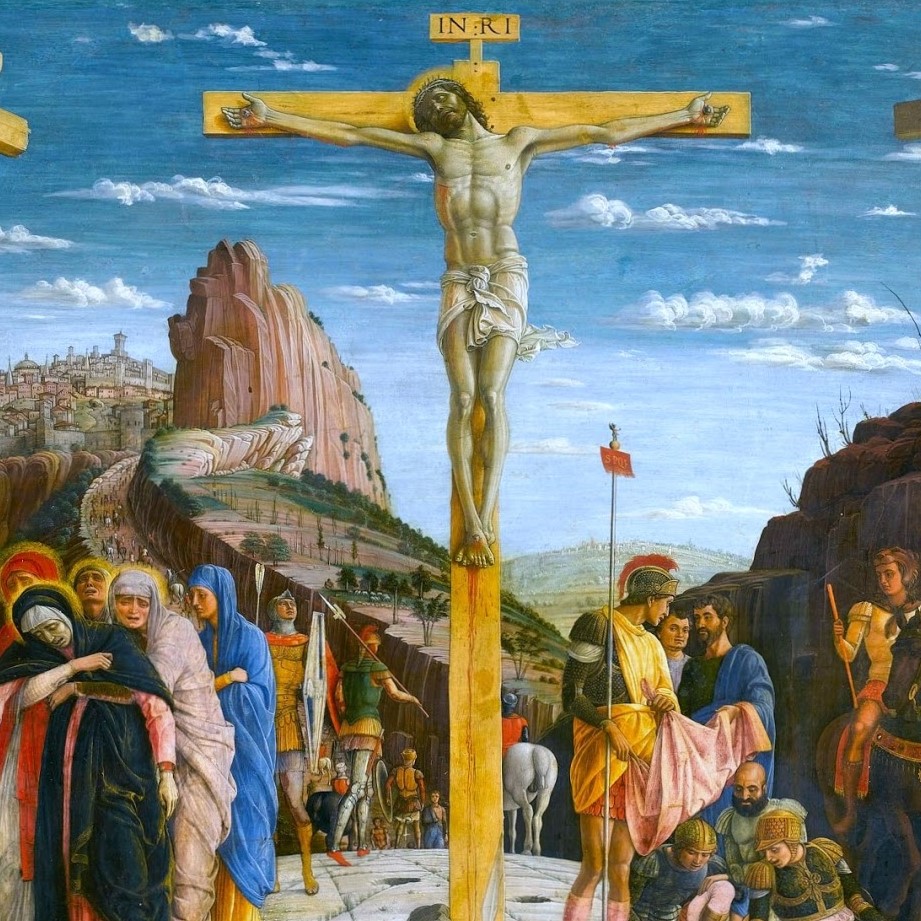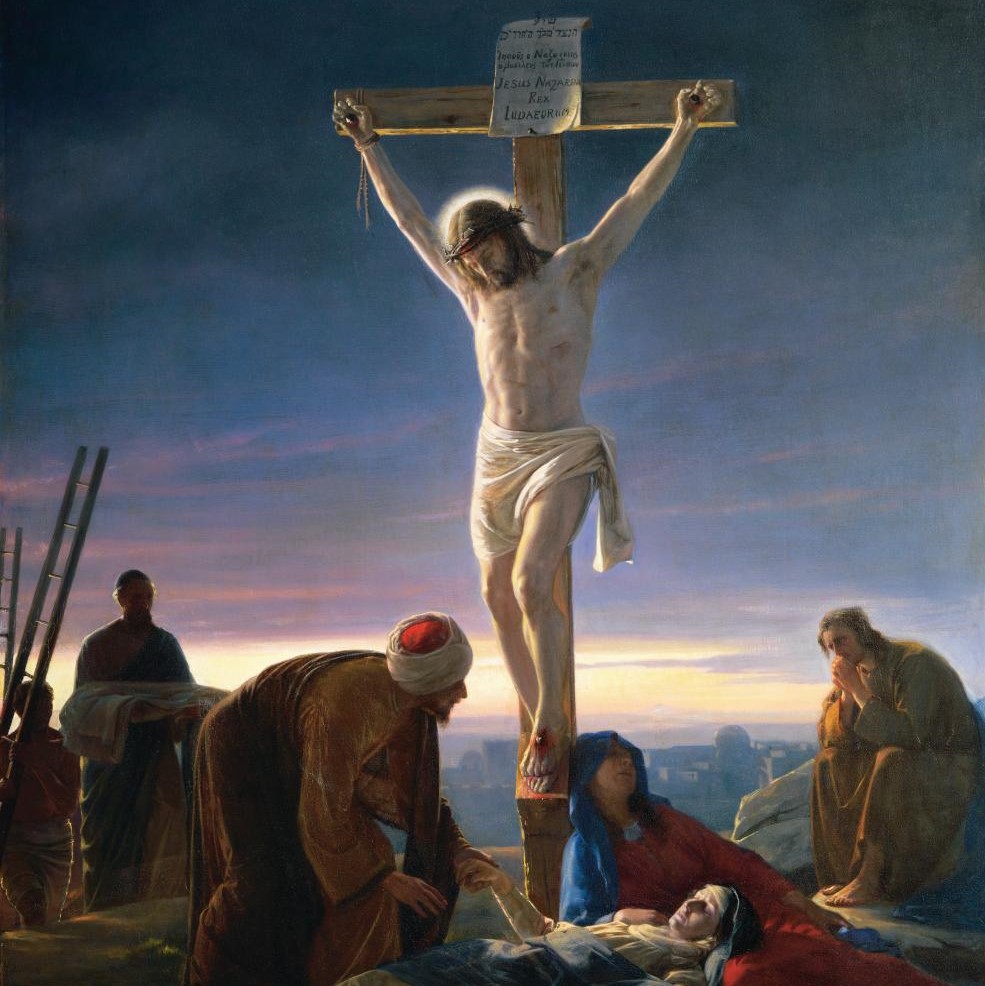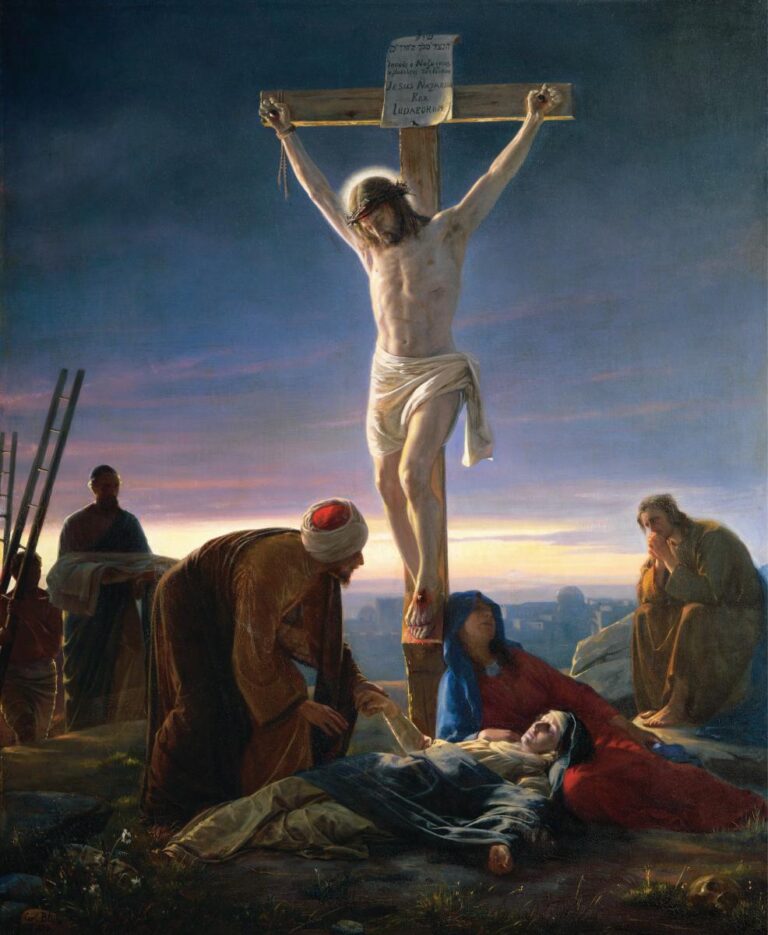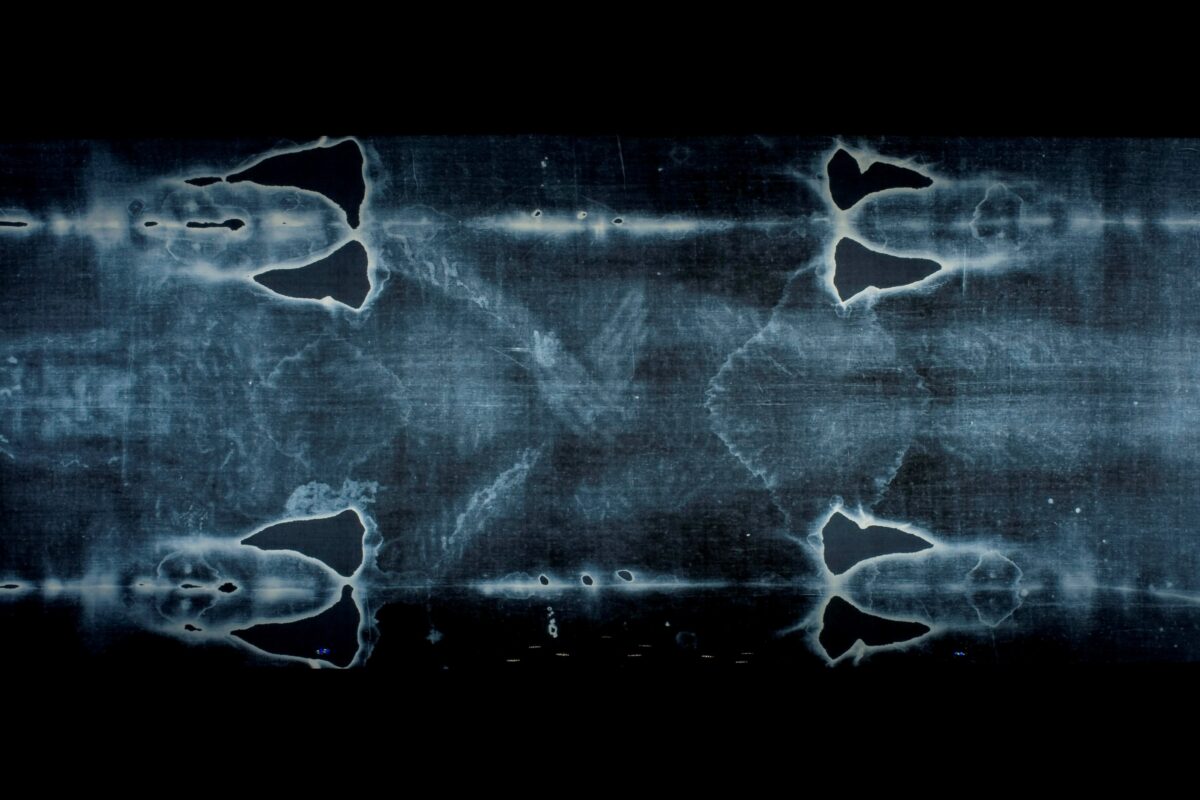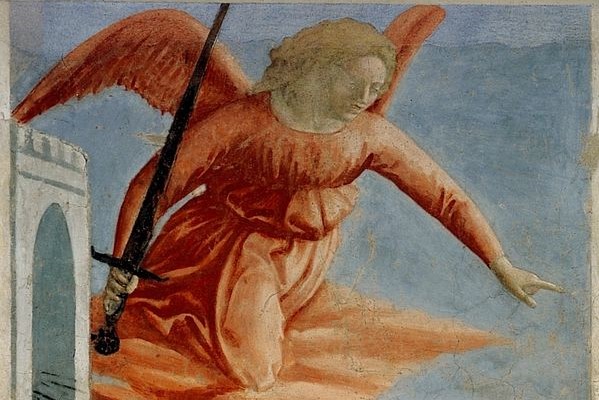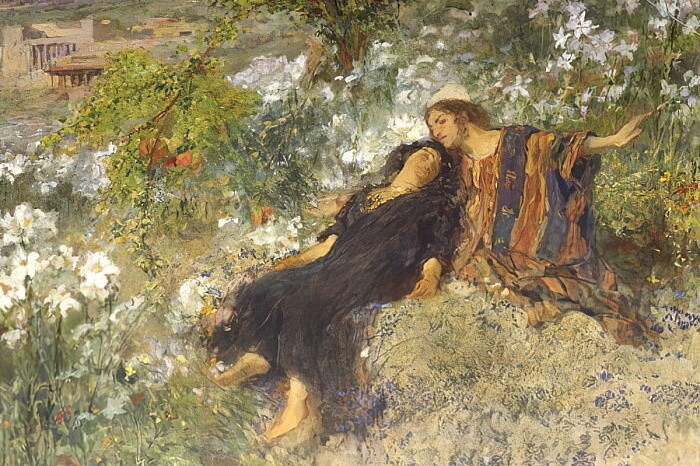7th April, 2023
The Cross of Good Hope
At the start of the Easter Triduum, the folly of the Cross stands as testament to the power of God
Christ’s Crucifixion brings us to the brink of the central tenet of our faith. It is the final test of the claims made by the person of Jesus. At the cross, there are only two options left: either death swallows up Jesus or death is finally defeated. Of the mocking crowds with their high priests and Jesus’ few, faithful followers, only one or the other group can be vindicated. All the expectations, controversies, passion and hopes that surfaced as a result of the teachings and miracles of Jesus are concentrated in this moment of truth. Vengeance, sorrow, hope, disillusion, belief, unbelief, all meet at the Cross, each waiting to be justified or dispersed.
However, what takes place on the Cross and beyond is not immediately accessible to those who stood at its foot some two thousand years ago, as indeed it remains a profound mystery for every Christian since. It is an event that moves beyond human word and comprehension. “Every word is silenced before this… the Father’s hour, when the eternal triune plan is executed,” says von Balthasar.
It is precisely the Word, the only necessary Word, that speaks in the action that begins on the Cross. The Cross will verify, through the glory of the Resurrection, the fullest revelation of God in His incarnate Word; and in doing so, it will stand as the final word of God’s love for humanity, in the Lamb who takes away the sins of the world.
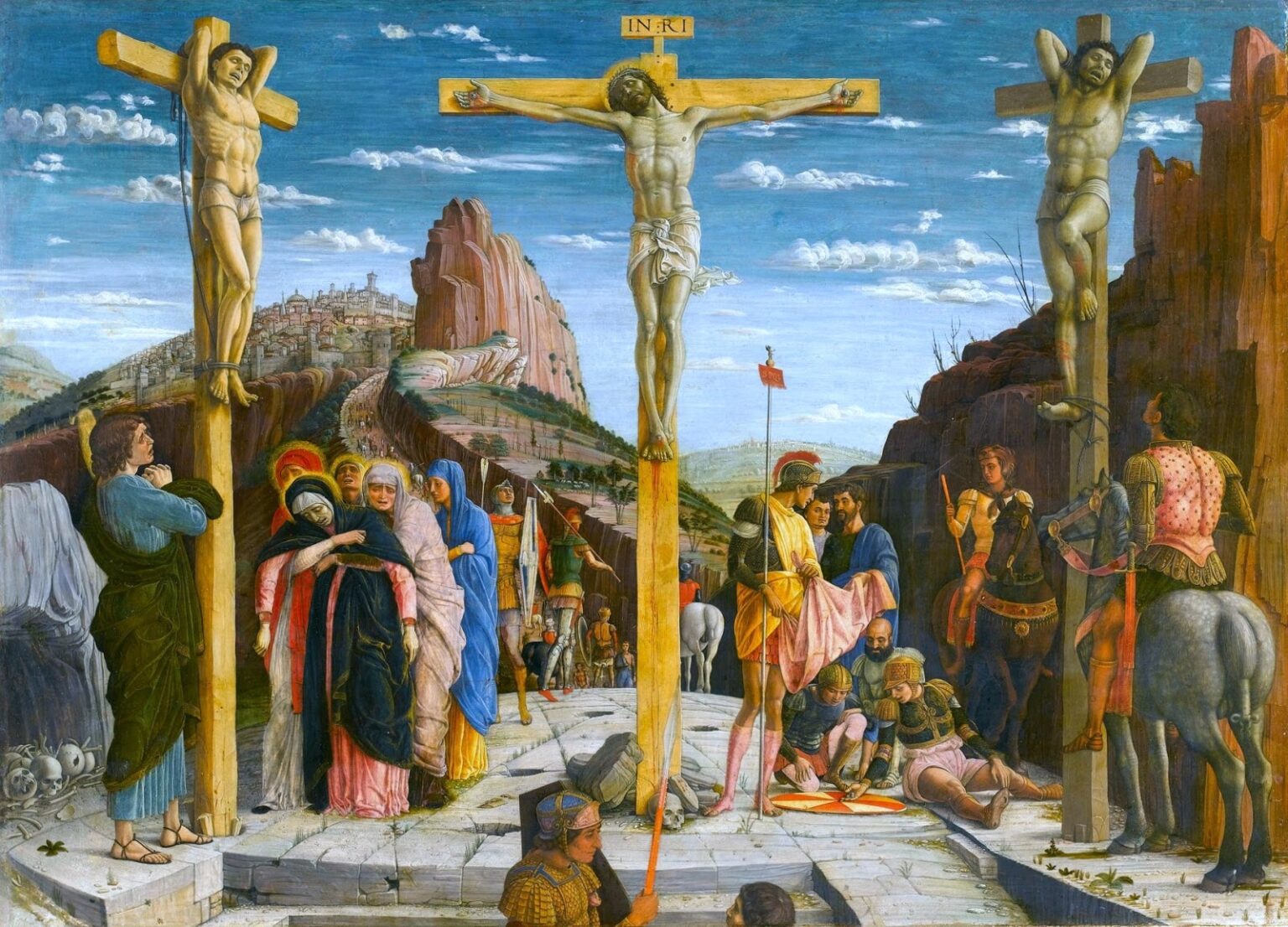
Yet in this action, the Word nailed to the Cross utters seven, spoken words, as recorded across the four Gospels. Spoken by the Son, these words draw in all time and embrace it within the history of faith. On the one hand, they recall and fulfil the Father’s Word as revealed in the Old Testament, words spoken in earlier centuries, but overlooked and forgotten. On the other, they promise the new life in the Spirit that the Church will offer mankind for the duration of this world, and the future glory of eternal life.
Thus, to use Benedict XVI’s language, the word of God and event become deeply interwoven at the Cross. In the eternal nature of the Word, human events are joined to a greater and timeless mystery. As Christ hangs on the Cross, the Christian sees the culmination of the history of faith, the master plan enacted by the Holy Trinity in and through the vagaries of human history. The Christian sees on the Cross the Logos that gave creation itself its very logic, that overlooked the fall of our first parents, that was promised in ever-increasing relief over millennia of covenants and prophecies.
More than this, in the Son of Man lifted up on the Cross, the Christian sees the gateway to the end of all history, as intended by God: the Wedding Feast of the Lamb. The Cross unlocks the Divine promise that will close all earthly history and bring the history of faith to fulfilment in the new Jerusalem. Through whatever events Providence allows this world to come to its end, our personal stories will continue through the veil of that apocalypse and into the Light that will reveal their true significance. Through the Cross, shines that Light.
By Stefan Kaminski, Director

